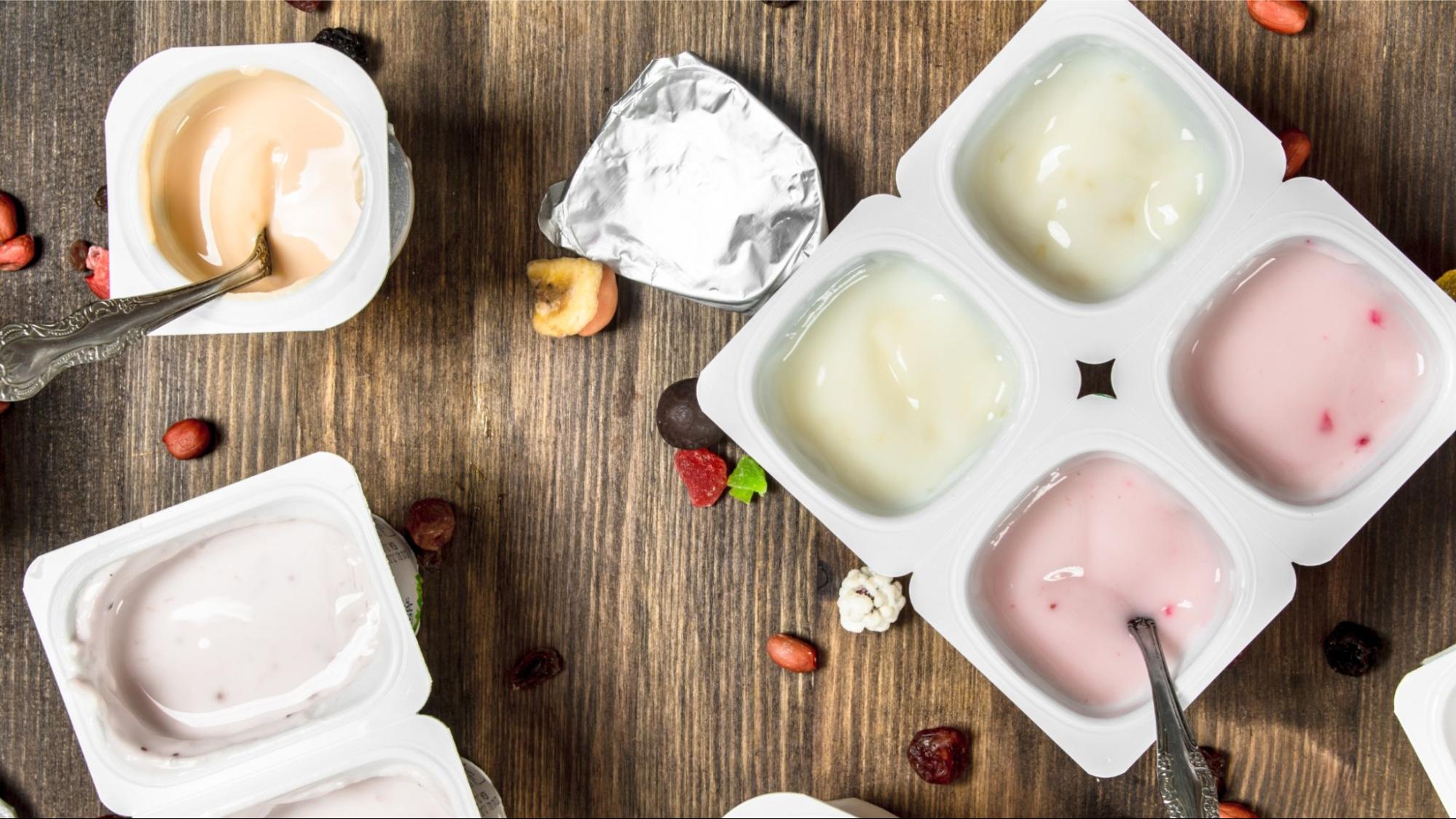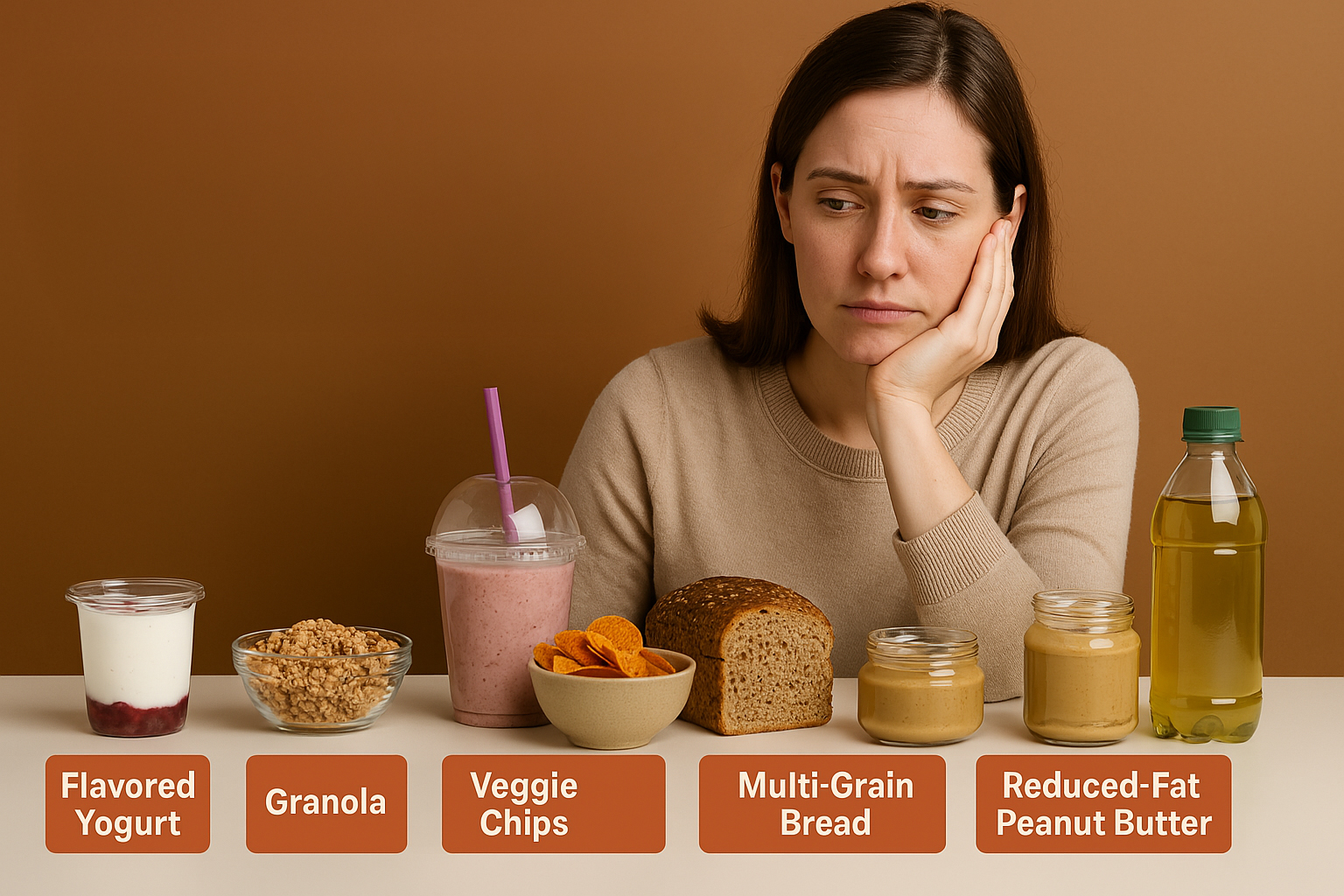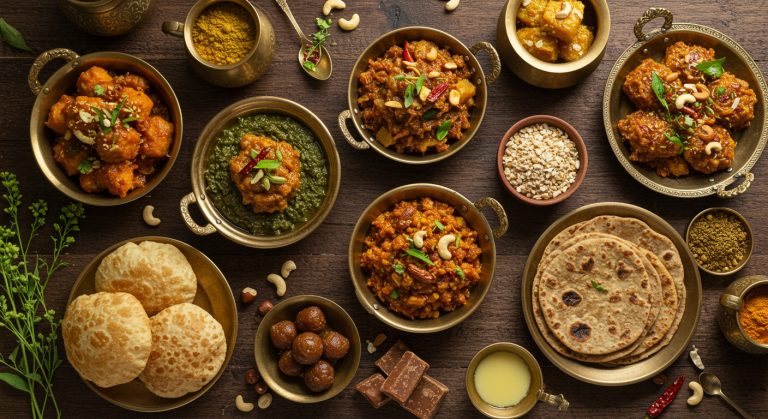Ever grabbed a “healthy” snack and felt proud of your choice, only to find out later it’s not as angelic as it seemed? You’re not alone. In our hustle to eat better, we often fall for clever marketing and labels that sound healthy but hide a different story.
The truth is, some of these so-called “nutritious” foods might be quietly sabotaging your wellness goals. They wear health halos, but behind the scenes, they’re packed with sugar, additives, or empty calories.
In this post, we’re calling out 7 sneaky foods that pretend to be good for you, but aren’t. Knowing what’s really on your plate can help you ditch the guilt-free illusion and make smarter choices that actually serve your health.
1. Flavored Yogurt

The Marketing Myth
Many flavored yogurts are promoted as protein-packed, calcium-rich health foods. Their packaging often features fruits and claims of “all-natural ingredients.”
The Reality
A typical 6-ounce container of flavored yogurt can contain up to 24 grams of sugar—that’s 6 teaspoons! According to a 2021 study published in the Journal of the Academy of Nutrition and Dietetics, many commercial yogurts contain nearly as much sugar as desserts.
Better Alternative
To add natural sweetness, use plain, unsweetened yoghurt and fresh fruit. Greek yogurt offers more protein with less sugar, making it a superior option.
2. Granola

The Marketing Myth
Often portrayed as the ideal health food for active individuals, granola’s wholesome oats and nuts seem to promise sustained energy and nutrition.
The Reality
Commercial granola is typically loaded with added sugars, oils, and excess calories. Research published in the American Journal of Clinical Nutrition found that a single serving of granola (usually just 1/4 to 1/2 cup) can contain up to 400 calories and 15 grams of sugar.
Better Alternative
Make your own granola using oats, minimal honey or maple syrup, and unsalted nuts. Control portions by using granola as a topping rather than a main dish.
3. Veggie Chips
:max_bytes(150000):strip_icc()/homemade-vegetable-chips-102105-hero-01-5be2062fc9e77c0051eb8529.jpg)
The Marketing Myth
With “veggie” in the name and images of vegetables on packaging, these snacks appear to be a nutritious alternative to potato chips.
The Reality
Most veggie chips contain minimal vegetable content, often just powders used for coloring. A 2022 analysis by Consumer Reports found that many popular veggie chips had almost identical nutritional profiles to regular potato chips, including high sodium and fat levels with minimal fiber.
Better Alternative
Satisfy your crunch craving with actual vegetables like cucumber slices, bell pepper strips, or kale chips baked with minimal oil.
4. Fruit Smoothies (Store-Bought)

The Marketing Myth
Commercial smoothies are advertised as convenient ways to consume multiple servings of fruit in one delicious drink.
The Reality
Many pre-made smoothies contain added sugars, fruit concentrates, and sometimes even ice cream or sherbet bases. A medium-sized commercial smoothie can contain up to 60 grams of sugar and 400+ calories, according to research published in the International Journal of Obesity.
Better Alternative
Make smoothies at home using whole fruits, leafy greens, and protein sources like Greek yogurt or plant-based protein powder.
5. Multi-Grain Bread
:max_bytes(150000):strip_icc()/WholeGrainBread-354a23b37a1b42c0bd8a4d2ee34fcdb9.jpg)
The Marketing Myth
“Multi-grain” sounds impressive and healthy, suggesting a variety of beneficial grains in each slice.
The Reality
The term “multi-grain” only indicates that multiple grains are present—it doesn’t guarantee whole grains or high fiber content. Many multi-grain breads contain refined flours with minimal nutritional value. A 2023 review in the Journal of Nutrition found that many multi-grain products failed to deliver significant health benefits compared to refined white bread.
Better Alternative
Look specifically for “100% whole grain” on labels and check that whole grains appear as the first ingredient. A minimum of 3 grams of fibre should be present in each slice.
6. Reduced-Fat Peanut Butter

The Marketing Myth
With “reduced-fat” prominently displayed, these products seem like the healthier choice for weight-conscious consumers.
The Reality
When manufacturers remove the healthy fats from peanut butter, they typically replace them with added sugars and fillers to maintain taste and texture. Research from Harvard School of Public Health indicates that the monounsaturated fats in regular peanut butter actually support heart health and help maintain satiety.
Better Alternative
Choose natural peanut butter with just peanuts and perhaps a small amount of salt. The separation of oil is normal—simply stir before using.
7. Bottled Green Tea
The Marketing Myth
These products leverage green tea’s well-researched health benefits, including antioxidant properties and metabolism-boosting effects.
The Reality
Most bottled green tea drinks contain minimal amounts of beneficial catechins (the active compounds in green tea) and excessive sugar. A 2020 analysis in the Journal of Food Science found that many bottled teas contained less than 10% of the antioxidants found in freshly brewed tea.
Better Alternative
Brew your own green tea at home, either hot or cold. If you need sweetness, add a small amount of honey rather than processed sugar.
The Final Note
Marketing claims can be misleading, so always check nutrition labels and ingredient lists when evaluating a food’s health value. Making nutrient-dense decisions for your health requires being an informed consumer, which involves going past the box.
FAQs About Seemingly Healthy Foods
Q: How can I identify hidden sugars in supposedly healthy foods?
A: Look for ingredients ending in “-ose” (like fructose, glucose, dextrose) as well as terms like corn syrup, cane juice, or fruit juice concentrate on ingredient lists.
Q: Are organic versions of these foods healthier?
A: Organic certification refers to production methods, not nutritional content. An organic cookie or granola can still be high in sugar and calories.
Q: What’s the quickest way to determine if a food is truly healthy?
A: Focus on whole, minimally processed foods with short ingredient lists featuring recognizable items. The fewer the ingredients, generally the better.






